The Ministry of Defence (MOD) has announced plans worth £2mn to procure 300 large first-person view (FPV) drones to meet urgent operational needs within the Drone Capability Coalition, an international effort designed to ensure a stable supply of unmanned aerial vehicles (UAVs) for Ukraine.
The tender, called the Large First Person View Drone ITT, is seeking “up to 15 batches of first person view drones, consisting of 20 drones each and associated options, capable of carrying a 5kg+ payload,” with the goal of strengthening the supply chain of drones used for both reconnaissance and combat operations.
The intent is that, following testing, platforms meeting the required standards will be considered for larger-scale production, potentially reaching “up to 500 drones per month.”
The UK, along with coalition members like Latvia and France, is playing a leading role in providing drones.
The MOD stipulates that the drones must be “produced and dispatched for testing within 4 weeks of contract award.” The systems, which include ground control stations and ancillary equipment, will be shipped to Latvia for rigorous evaluation. These tests, conducted over a three-month period, will determine the suitability of the drones for future contracts, which could lead to large-scale production efforts.
The Drone Capability Coalition was established in February 2024, spearheaded by Latvia and coordinated closely with the United Kingdom. The coalition’s goal is to ensure the West’s drone technology keeps pace with evolving military threats, particularly in Ukraine, where UAVs have become essential for both reconnaissance and combat missions. The coalition’s objectives also include securing a stable supply chain for drone parts and promoting drone manufacturing within coalition countries.
The coalition has rapidly grown to include members from across the globe, including Australia, France, Germany, Italy, and Poland, with a focus on supporting Ukraine’s drone operations as well as enhancing the drone capabilities of allied nations.
Drones have proven indispensable on the Ukrainian battlefield, where they have been used extensively to identify enemy positions and strike with precision. At the same time, the procurement will strengthen the UK’s domestic capabilities, providing an opportunity for British industry to play a key role in the future of UAV technology. Successful testing could lead to mass production of drones.
The procurement deadline is set for October 14, 2024, with the UK aiming to deliver the drones between November and December. Should the systems meet the coalition’s requirements, this could lead to broader, long-term production contracts that would see the UK’s drone capability continue to expand.


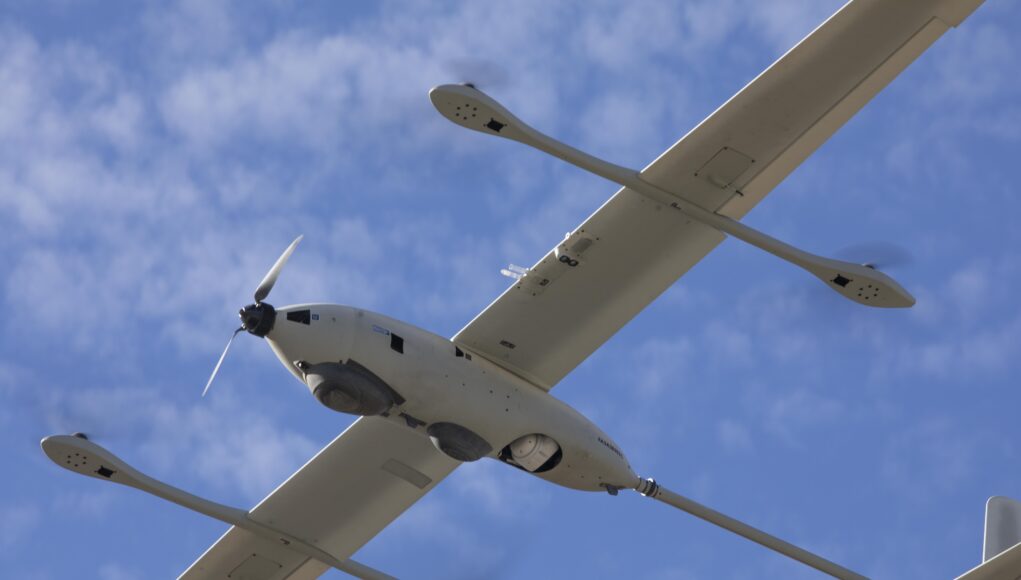
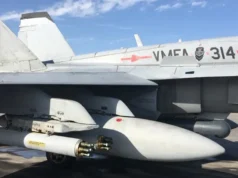

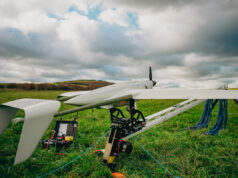
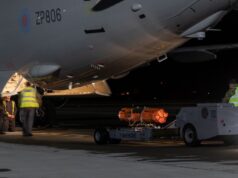
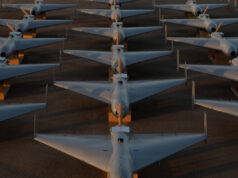
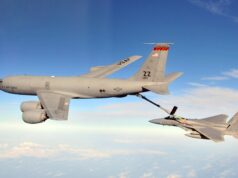
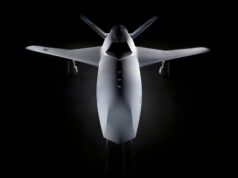

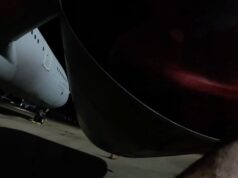
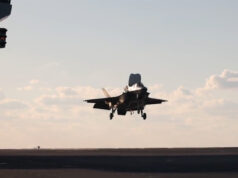

Under 7 grand each for what is, in effect, a hugely guidable anti tank/personel ‘missile’ that can rtb if not used is an absolute bargain in today’s military.
There might be a maths error there.
I can’t see anything, that complex, being procured for £7k by the time it has gone through the MOD sausage machine. Never mind the Good Ideas Club…
If we really can make them for £7k that is excellent. The MILSPEC upgrade to the commercial electronics won’t be very expensive in **bulk** production. So I understand how that unit cost has dropped.
It also makes sense for us to run up bulk production of drones even if we only keep a few to learn from. The ability to produce large numbers and incrementally improve them is what matters.
Indeed, what the army really needs is to be able to practice drone warfare and integrate it into combined arms so it’s very good at both fighting with and against and make sure it has access to an industrial base that is capable of updating the capabilities continuously and supplying large numbers of drones when needed. The issue of purchasing large numbers of FPV attack drones that will sit around , is that they will probably be out of date dross within a few years..
They must have tried it by now. I wonder if why we haven’t heard about it is because the results were a shock?
I envision a platoon or perhaps a company dug into a feature. The opposition just having a large number of these drones cheap drones having to dislodge them. The operators wouldn’t even have to be on the ground. Also there is a lot of work being done on extra quiet propellers.
Imagine if you could drop a pallet or number of them on to a target. For example somewhere like Northwood. No large explosions but surgical precision.
It’s truly frightening.
If you want to go to a whole different level of scary, look up Xenobots and Anthrobots, that’s the true cutting edge of scary as hell. Tiny multicell created living robots that can move, do tasks and even replicate and repair themselves.
what is even scarier is they have actually made them, Xenobots computer designed for a specific behaviour and are then made out of balls frog embryonic skin cells, that are sculpted into a living Micro robot, then coated in cardiac progenitor cells to create means of locomotion and movement..they have done the same thing with human cells to basically create a living micro robot made of you.
Now just imagine that as a bio weapon…bugger viruses..I’m taking tiny multi cell created organism/robot that can move do tasks ( like clog up blood vessels in your head) and replicate….that’s the ultimate attack drone…and its no science fiction it’s just the application of something we have started to make already…
The flip side is they will be able to take your cells and make little self replicating bits of you that would clear blocked arteries..repair damage, hover up cancer cells, deliver drug and gene therapy to specific cells…( you are essentially looking at an army of self replicating little bits of you designed to keep you alive….sever an artery…little yous are there working…look like your going to pop an MI little yous have your back before the clot even hits narrowing…Stroke we got you boss.
The world is scary and we are looking at a future full of wonder if climate change, AI singularity, nuclear exchange or a super virus does not take us out.
Jon, many of those drones will be expended in training.
SB, £70 grand each surely?
7,000 is still too much. The Chinese are building 5,000 a day at less than 700 each.
Do you have a source? Not a challenge, genuinely interested to read more into this as I have not seen figures at this scale (also not my area of expertise…)
Cheers, NDG
Are any of these drone types being ordered for UK stocks?
That was my first thought as well. However, given the rate of development I don’t think buying a huge number of ‘current’ drones is a good as they would be obsolete in short order. Having the production capability basically replaces the need to hold a large fleet that is obsolete in a couple of years.
The war in Ukraine has turbo charged the development of drones, particularly low cost drones. So I think the best way forward for the UK would be to have specialist units that ‘sample’ each generation of drones and develop doctrine, etc. This would allow rapid build up of UK drone capabilities when needed. A sort of cross between the Royal Marines Arctic and Mountain Warfare Cadre and NavyX.
I should say I am definitely talking about the smaller drones here, not the big MQ9’s etc.
Cheers CR
Thanks CR. If there is an ongoing and broad production of drones across many countries that if ever needed the UK should also be able to source the same at short notice.
Very sensible points here. Capacity and widespread capability to design and build is far more logical than stock pilling large quantities except perhaps in certain specific cases (small attack drones perhaps) that won’t through basic simplicity become readily obsolete, so that some immediate mass is available on day 1 while things crank up.
Ukraine is producing smaller versions of these for <$500 a unit, carrying maybe 2kg of explosive, and it's producing 100,000 of them every month. I realize "up to 500 per month" is just baby steps, but we have to start somewhere and I welcome it.
£2m/300 might well be £6,667, but that doesn't necessarily mean the drones cost over £6K each. The £2m includes control units and ancillaries, which will include the pilots' headsets. Unlike the drones, these are mostly reuseable so there's no easy way to tell what the split in the cost will be.
I hope that a UK manufacturer is chosen, even if they aren't as good technically. We must build a sovereign drone manufacturing capability and it's about time MOD stopped buying expensive foreign drones just because it makes their lives easier to pick a foreign prime.
Good point Jon, I’d imagine at least 30% of that price is headsets, launch rails (where applicable), battery chargers, control units (probably with aerials that allow multiple frequencies), etc. Could easily be more, depending on the ratio of control systems to drones.
What I don’t understand is what these drones are being purchased for. Are they uk stock, nato stock, Ukraine etc?
I’m not sure large drones are the right solution. Ukraine started with the large drones from Turkey but rapidly transitioned into much smaller much cheaper ones, as 300 drones would last Ukraine maybe a day.
Kinda feels like western militaries are still a step behind where the modern battlefield is.
Er, did you read the article? i t clearly states that they are for operational use in Ukraine and are not large drones.
Ah missed the sentence in the intro.
Not sure Ukraine is using such large drones that often anymore. All the videos I have seen indicate they are using much smaller ones. The US is having issues building smaller drones as the parts needed are from China, so might be similar issue here. Saying that I’m sure Ukraine will find good use for them.
Well while small drones are the pre dominant type they have been using a wide variety including those the size of light aircraft which have managed to penetrate hundreds of miles into Russian territory and attack crucial targets.
New market for Britten Norman maybe? Large one way attack planes?
If they are only capable of carrying 5kg, they won’t be all that big, maybe a 20kg-25kg MTOW, perhaps a quadcopter the weight of a large suitcase. The Bayraktar TB2 has MTOW of 630kg and can carry over ten times the payload we are talking about here.
The picture looks to be something like a Lockheed Martin Stalker, which have already been purchased for the Army under Tiquila. They have long duration, relatively poor payload (2.5kg) and are far too expensive. What would probably suit best would be (as the Ukrainians found) a large FPV racing drone. You could buy a Chinese T-Motor off the shelf that would fit the criteria. The US SMEs are catching up, someone like Freefly, but they tend to be a bit more expensive. We need to be able to replicate some of the industry in the UK and drive the price down.
I tend to think if need became a priority the F1 industry and their specialist suppliers could quickly develop effective design and production of these drones for a wide range of uses.
These are fast fpv attack drones . Not large reconnaissance drones like the Turkish ones supplied
“while supplying weapons to Israel for genocide.” Really? What weapons has the UK provided for genocide? Please tell……..
There’s no genocide and no supply. Have you written a single unbiased or upbeat post on this site? Or are they all running down our military, our industry, our alliances, or like in this case, just plain lies?
This. There are others too. It is deliberate.
Israel is a friend of uk . Tough and painful but true . And Ukraine would be on the Genocide list if russia wins the war .
To be frank I think it’s embarrassing that the potential of these drones (the likes of which have been around for a long time now) has only just been recognised with the war in Ukr.
It’s only by a stroke of luck that we have the luxury of watching Rus/Ukr struggle to come to terms with the realities of drone warfare, and it’s not the British Army being picked apart from above and posted all over the internet for our enemies entertainment.
Lack of imagination.
I am always thinking of disastrous French Army of 1940.
Hitler should have been stopped there.
To be frank I think it’s embarrassing that the potential of these drones (the likes of which have been around for a long time now) has only just been recognised with the war in Ukr.
It’s only by a stroke of luck that we have the luxury of watching Rus/Ukr struggle to come to terms with the realities of drone warfare, and it’s not the British Army being picked apart from above and posted all over the internet for our enemies entertainment.
Expect more RRA in Jelgava and at one or two military bases doted around Latvia.
Just producing in Latvia alone should bring lower costs as wage rates are a fraction of the UK’s.
And between Liepaja and Jelgava there is a very good urban warfare centre – think tower blocks – where US forces go for training.
However, Jelgava has also produced Russian spies in recent times, so somewhat tinged.
What did they use for 300 drones? which drone do they want buy?
3 of them i think idea for in army level; they would like have:
Stalker UAS VXE30 I think it is good for laser designator for Brimstone 3 Surface to Surface or Air to Surface, Laser Guide Smart Bomber (Paveway 4), or Missile/Rocket with Laser Guide Seeker, use it for recon and laser designator at safe distance, and intel enemy locator and network to army and navy, airforce operator by army.
VTOL fire support like helicopter but Small & Drone size with 3 Brimstone / LMM / Machine Gun .338 support assault frontline like Jackal UAV or Molloy T-650.
FPV for direct attack (or drop) load with mortar or artillery for the hassle if we statement or fight trench style or suspire attack in hide place small area as Ukraine use this for.